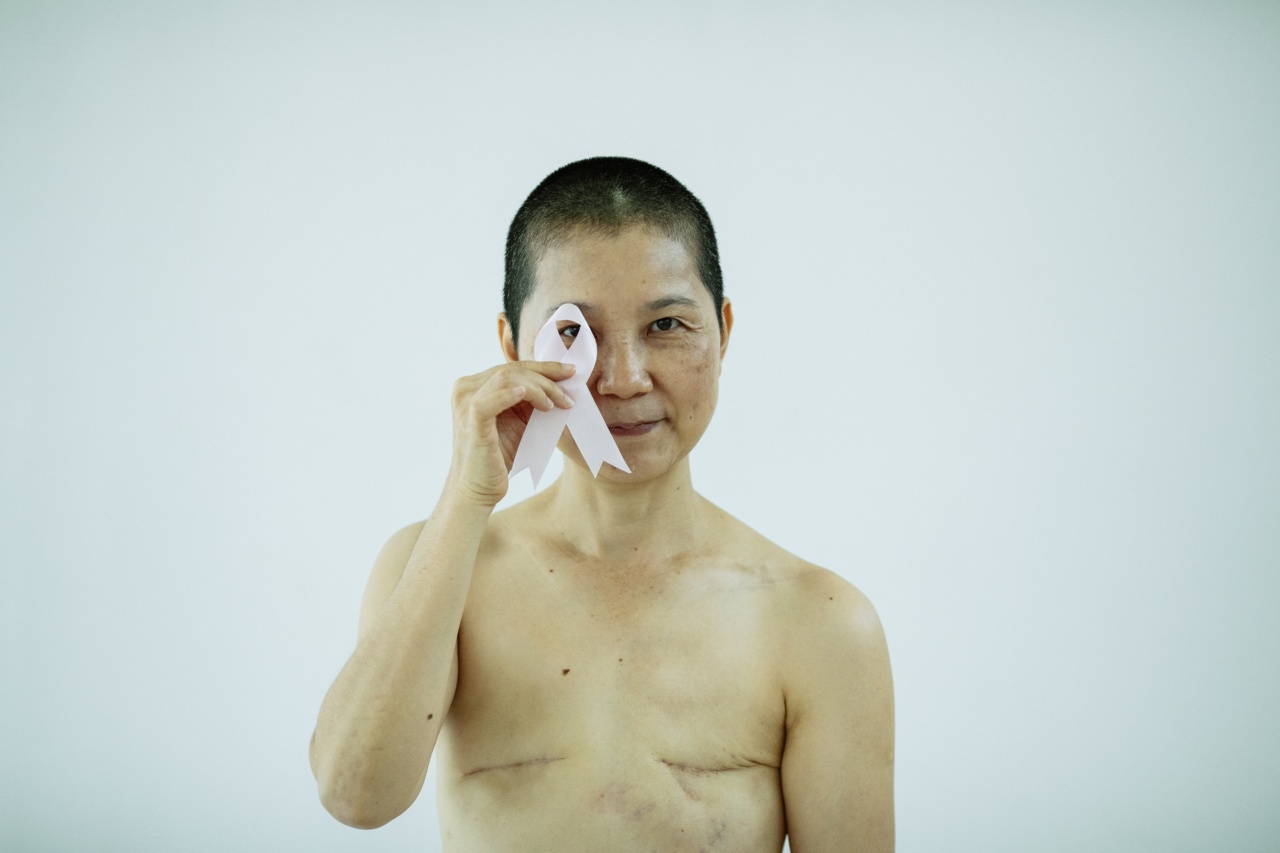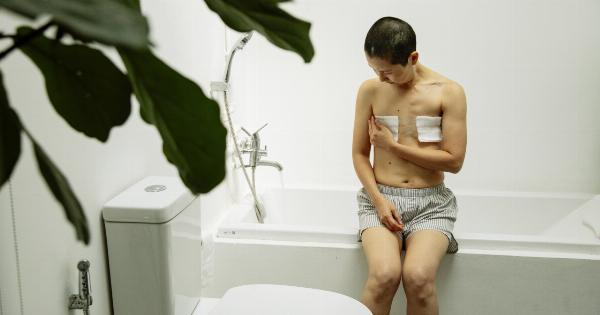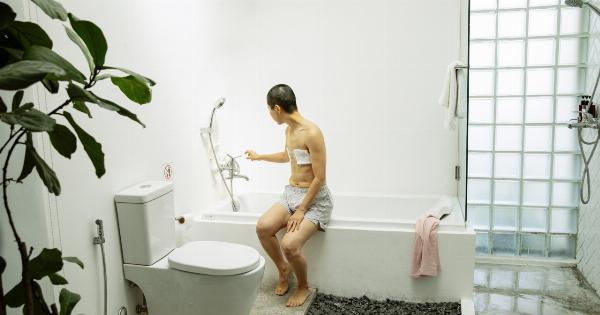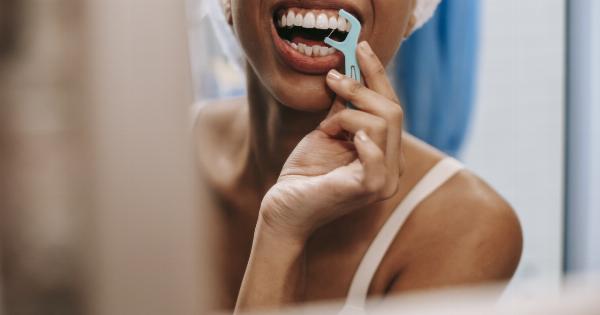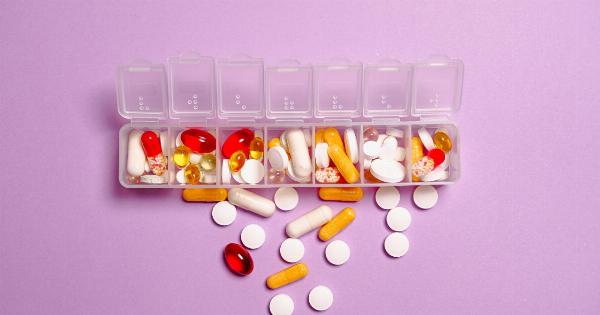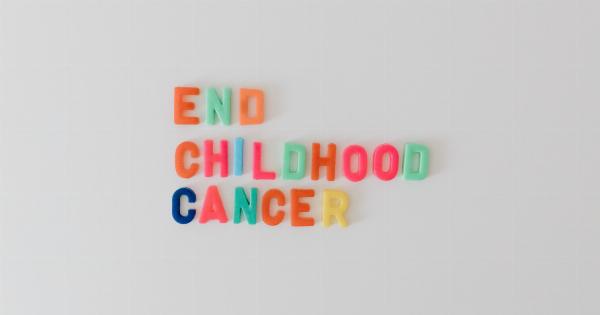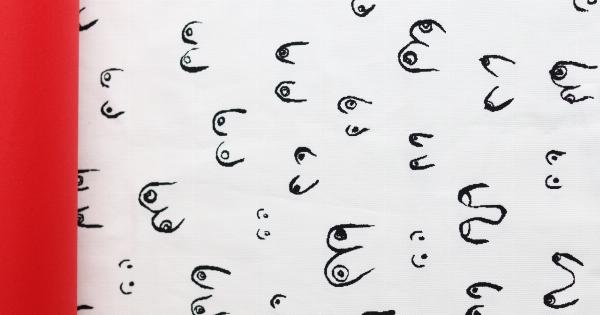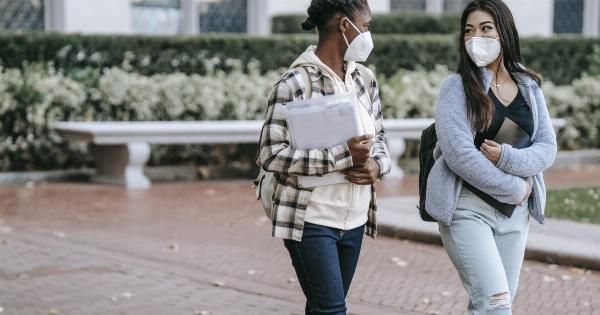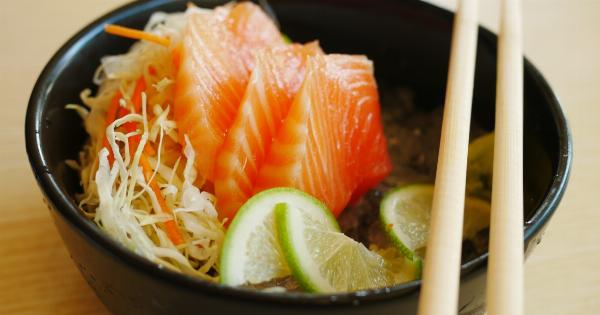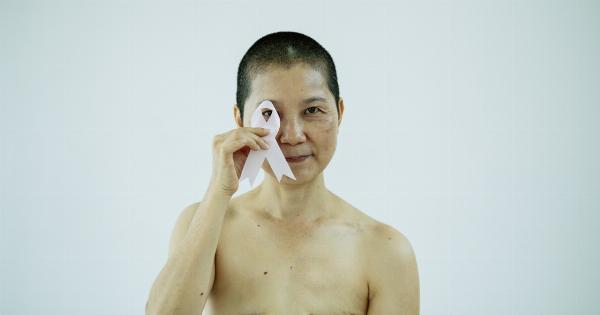Breast pain is one of the most common complaints among women, with almost 70% experiencing it at some point in their life. It’s usually caused by hormonal fluctuations, such as during menstruation or pregnancy.
However, breast pain can be a symptom of an underlying condition that requires medical attention. In this article, we’ll discuss the various causes of breast pain and other symptoms to watch out for.
Hormonal Causes
The hormonal changes a woman experiences throughout her menstrual cycle can cause breast pain. This is usually felt as tenderness or soreness in the breast tissue.
It can be felt in one or both breasts and may change in intensity over the course of a few days. This is normal and not a cause for concern. Similarly, pregnancy can cause breast pain due to hormonal changes. This is also normal and usually subsides after childbirth.
Breastfeeding
Breastfeeding can also cause breast pain. Engorgement, which is when the breasts become overfull with milk, can cause breast pain and discomfort. This can happen when a mother first starts breastfeeding or if she misses a feeding.
A blocked milk duct can also cause breast pain. This is usually felt as a lump in the breast tissue and should be addressed immediately. Mastitis is another complication that can arise from breastfeeding, causing breast pain and inflammation.
Cysts
A cyst is a sac filled with fluid that can develop in breast tissue. Cysts are usually benign and don’t require treatment unless they become painful. They are often felt as a lump in the breast and can cause pain and tenderness.
Cysts usually resolve on their own or can be drained by a doctor if necessary.
Fibroadenoma
A fibroadenoma is a noncancerous tumor that can develop in breast tissue. It’s usually felt as a painless lump in the breast, but it can cause pain and tenderness in some cases.
Fibroadenomas are not usually a cause for concern, but they should be evaluated by a doctor to rule out cancer.
Breast Cancer
Breast cancer can cause breast pain, but it’s not usually the first symptom. A lump in the breast or changes in breast shape or size are typically the first signs of breast cancer.
However, breast pain can occur as the cancer grows and begins to press on nerves or other structures in the breast. If you have breast pain, especially if it’s accompanied by other symptoms, it’s important to see a doctor for an evaluation.
Other Symptoms to Watch For
While breast pain is a common symptom, there are other symptoms to watch out for that may indicate an underlying condition:.
- Nipple discharge
- Breast swelling or warmth
- Redness or rash on the breast or nipple
- Changes in breast shape or size
- Scaly or itchy skin on the breast or nipple
- Lump in the breast or armpit
When to See a Doctor
If you experience breast pain that lasts longer than a few days or is severe enough to interfere with daily activities, it’s a good idea to see a doctor. The same goes for if you have any of the other symptoms listed above.
It’s important to get a proper evaluation to rule out any underlying conditions, such as breast cancer.
Conclusion
Breast pain is a common symptom that’s usually caused by hormonal fluctuations or breastfeeding. However, it can also be a symptom of an underlying condition such as cysts, fibroadenoma, or breast cancer.
If you experience breast pain, especially if it’s accompanied by other symptoms, it’s important to see a doctor for an evaluation. Remember to perform regular self-checks and mammograms as recommended by your healthcare provider.
